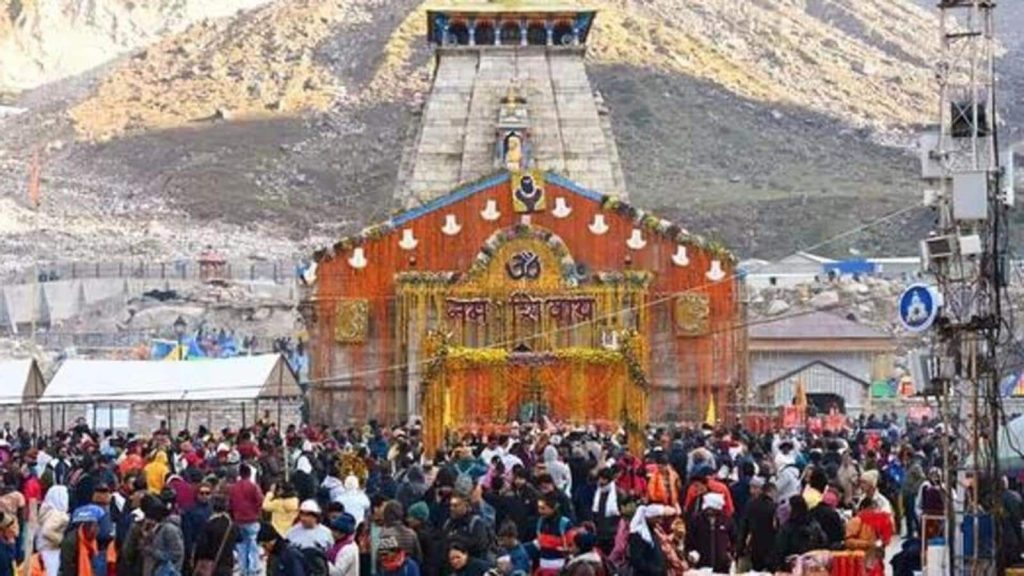Syllabus
GS 2: Government policies and interventions for development in various sectors
GS 3: Disaster and disaster management.
Context:
Recently, the Uttarakhand government has started assessment of carrying capacity of the cities in the Himalayan region.
More on the News
- In line with the Chief Minister’s focus on balancing ecology and economy, the Uttarakhand government aims to promote development that is environmentally sustainable.
- Given the heavy tourist inflow and risks from unplanned construction in the hill regions, the state is aligning its policies to ensure ecological protection alongside economic growth.
Key Highlights
- Uttarakhand attracts large numbers of tourists to its hill stations and Hindu shrines. In the summer of 2025 alone, around 37 lakh people visited these pilgrimage sites.
- However, such high footfall puts pressure on both the environment and the existing infrastructure.
- “Carrying capacity” refers to the maximum number of people or activities that an ecosystem or area can support without harming the environment or depleting natural resources.
- It ensures that development remains sustainable and does not lead to long-term ecological damage.
- Therefore, we are getting the carrying capacity of key cities assessed.
- For example, during the Kanwar Yatra from July 11–23, nearly 3 crore devotees are expected to visit Haridwar to collect holy water from the Ganga.
- Additionally, weekend tourism to popular destinations like Nainital and Mussoorie further adds to the crowding.
- This has raised serious concerns about overcrowding, traffic congestion and the rapid growth of unplanned hotels, highlighting the urgent need to assess whether the current infrastructure has become overburdened.
- According to official report in November 2017, Uttarakhand had experienced 39 earthquakes in two years due to ecological imbalance, stressing that prevention is better than cure.
- Later, in late 2022 and early 2023, the town of Joshimath in Chamoli district began to show cracks in houses due to land subsidence — a condition where the ground sinks.
- This was linked to factors like excessive groundwater extraction and years of heavy construction and road widening in the region.
- The crisis in Joshimath highlighted the dangers of unchecked development in ecologically sensitive areas.
Challenges in Policy Making
- Ecological Fragility: Uttarakhand is vulnerable to disasters like earthquakes and land sinking due to its sensitive mountain terrain.
- Overload of Tourists: Huge crowds during pilgrimages and weekends are putting pressure on nature and local services.
- Unplanned Construction: Random building of hotels and roads is damaging the environment and causing land instability.
- Overloaded Infrastructure: Basic services like roads, water, and waste management cannot handle the rising number of visitors.
- Climate and Disaster Risk: Frequent landslides, floods and earthquakes are rising due to environmental damage.
Way Forward
- Carrying Capacity-Based Planning: Tourist towns and pilgrimage sites should be studied scientifically to know how many people they can safely handle.
- Strict Land Use and Zoning Regulations: Eco-Sensitive Zones (ESZs) must be clearly defined where construction is limited or banned. Land use laws should be strictly followed to stop unplanned growth in areas prone to natural hazards.
- Promote Green Infrastructure: Hill constructions should follow eco-friendly practices like using solar power, harvesting rainwater and recycling waste.
- Real-time Monitoring and Early Warning Systems: Sensors and GIS tools should be used to track land movement, cracks and glacial lake changes. Local communities must be trained to share early warnings and respond to emergencies effectively.



